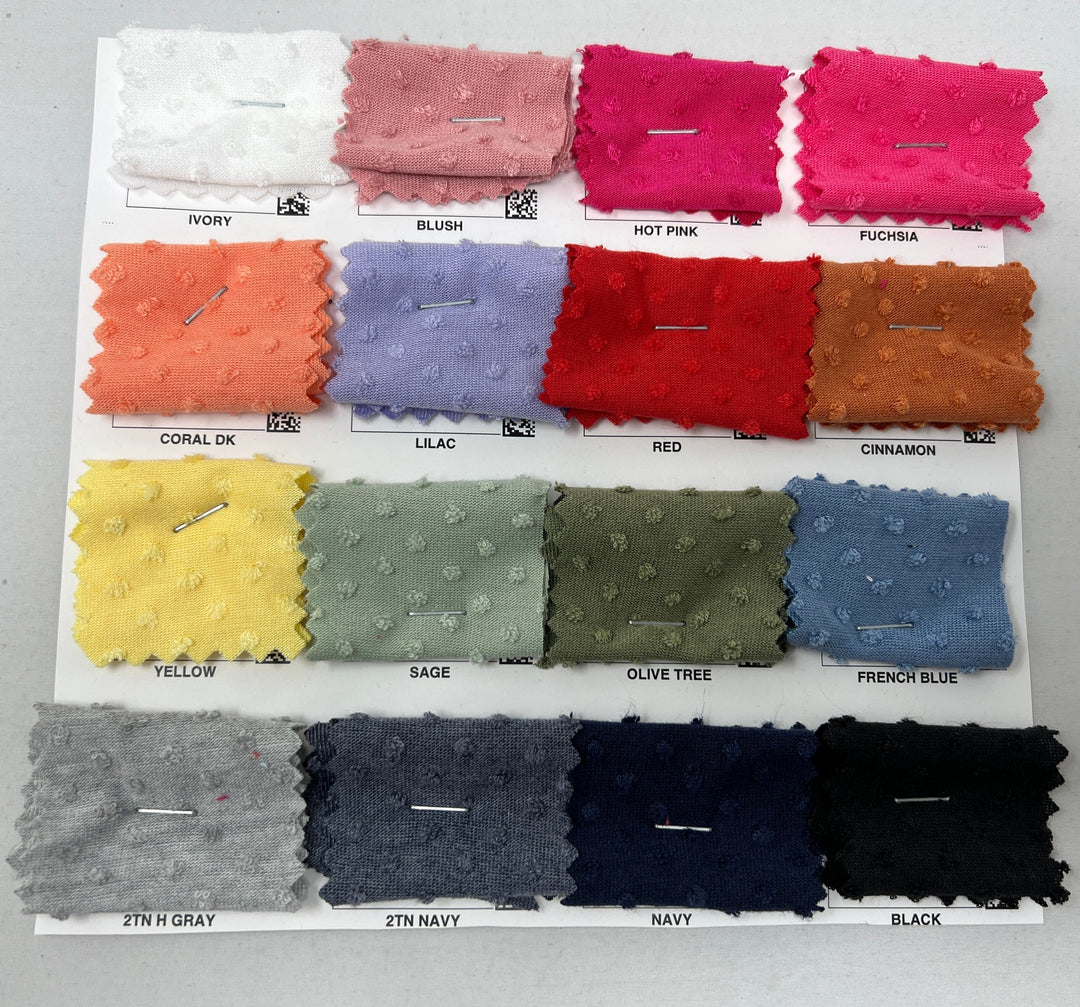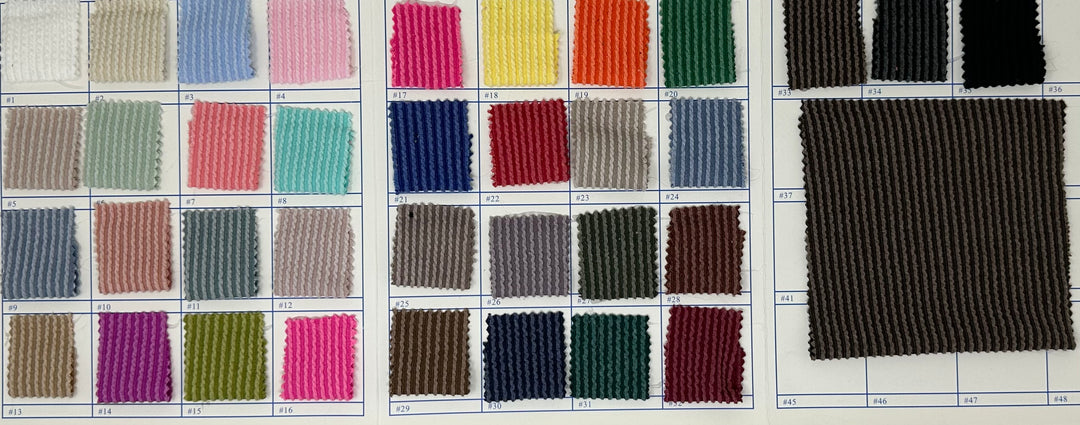The Essential Tools You Need To Start Knitting


Sewing and knitting have been hobbies for many individuals for decades. Trends are changing in the fashion world where you can combine these two techniques. If you’re an avid sewer looking for some education on knitting, you’ve found the right blog. Let’s explore the essential tools you need to start knitting.
Needles
There are three different types of knitting needles available: straight, circular, and double point.
Straight
These are the needles people think of when they picture knitting needles. They’re perfect for your first set of knitting needles because they are straightforward in their design and easy to use. Straight needles are the essential knitting tool for beginners.
If you’re planning on working on a rectangular project like a scarf, you’ll use straight needles. They work best for smaller pieces that you work flat.
Straight needles range from nine to fourteen inches long. Wood, steel, aluminum, bamboo, and plastic are the common materials for straight needles. Some materials work better with different yarns, so you may have to have a few options available while working on projects. Sometimes, the stitches won’t slide off easily, or you find the stitches won’t slide along the needles.
Circular
These needles feature two needle heads connected by a cord. They’re perfect for significantly larger projects, such as blankets, because circular needles can hold more stitches than straight needles. Circular needles are also great for round projects, such as the body of a seamless sweater or a hat.
There are various sizes and cord length circular needles. Circular needles range from 16 to 48 inches long, but you can find them shorter. The cord can also vary in thickness.
You should consider purchasing a circular needle kit if you’re an avid knitter. These kits offer excellent flexibility. You can mix and match needle size and cord length instead of buying needles specific to each project.
Another thing you should know about circular knitting needles is to look for ones that are memory-free. Needles that are not memory-free will hold their shape, making them awkward to work with and feeling like they have a mind of their own.
If the project you’re working on needs you to change needle size any way through, all you’ll need to do is scrunch the stitches onto the cord and change out the needle heads.
Double-Point Needles
Double-point needles, or DPNs as they’re also known, are another fantastic option for knitting smaller round projects. DPNs are straight, shorter needles with points on both ends, and you’ll find them in packs of four or six needles. Some may have a flexible portion or a bend in the center of the needle. The curve allows you to work with fewer needles to move your knitting around.
Their length ranges from five to eight inches long. The shorter needles are perfect for socks, and the longer ones are great for any tubular-shaped items like hats.
Most knitters will use double-point needles for making socks, but you can also use them for mittens, hats, and gloves. It takes some effort to get to know them correctly, but it’s worth your time to have them as an option for small knitting projects.
Yarn
No essential knitting tools list is complete without yarn. Many individuals love knitting because they enjoy all the available yarns. If you’re in the beginning stages of knitting, remember that cheaper isn’t always better. Some less costly materials are considerably more uncomfortable or scratchy to work with and wear.
Choosing the best yarn for your project will depend on what you’re knitting. Ask yourself these questions before you decide:
- How much yarn will you need?
- Would you like a novelty or basic yarn?
- What weight of yarn will you need?
- Is there a particular fiber you want to use?
Armed with the knowledge of what you need, let your fingers do the decision-making. Take time to feel the different materials and decide what will feel suitable for your project.
Knitting Journal
If you talk with avid knitters, they’ll tell you to keep a knitting journal even though they may not keep one themselves. It’s a “do as we say, not as we do” situation. The journal doesn’t have to be fancy. Any simple spiral notebook you have will work just fine. It’s a place where you can write down project information, such as:
- Where did you get the pattern?
- What was the project?
- What needles did you use, and what were the specifics of them?
- Did you learn anything from the project?
- Were there issues with the pattern?
- Are there any specifics about the yarn, needles, or pattern you want to note?
Attach a picture of the finished project to the notes.
Other Necessary Tools
Needles and yarn are the two most essential knitting tools you need to begin. But, it would help if you had a few other things in your knitting arsenal for success.
Scissors
You’ll need a good pair of scissors to cut the excess yarn from every project. You can purchase special crafting scissors, but a simple pair of school scissors works nicely.
Sewing Needles
Sewing needles are great for knitting because they help weave in the ends of your projects. They’re also helpful for sewing together garment pieces, like putting the arms onto a sweater. Purchase sewing needles with large eyes to allow enough room for the yarn to get through.
Crochet Hooks
Do knitters need crochet hooks? Crochet hooks can come in handy on multiple occasions. Perhaps you’ll want to add a crocheted border to the end of a project. They’re also helpful for individuals who aren’t sure the difference between a French knot and a single crochet.
Sometimes, the crochet hook works better than sewing needles. They’re also handy if you ever snag a piece of knitwear or store-bought sweater. Carefully stick the tool through the back of the shirt, grab the snag, and pull it back through.
Many sewers and crocheters transition into knitting as a new and exciting hobby to enjoy. Express Knit is here to support your hobbies, especially as trends change. Our wholesale bullet fabric can perfectly combine your two passions: sewing and knitting. You can sew the sleeves onto a knitted shirt. Happy knitting!
















